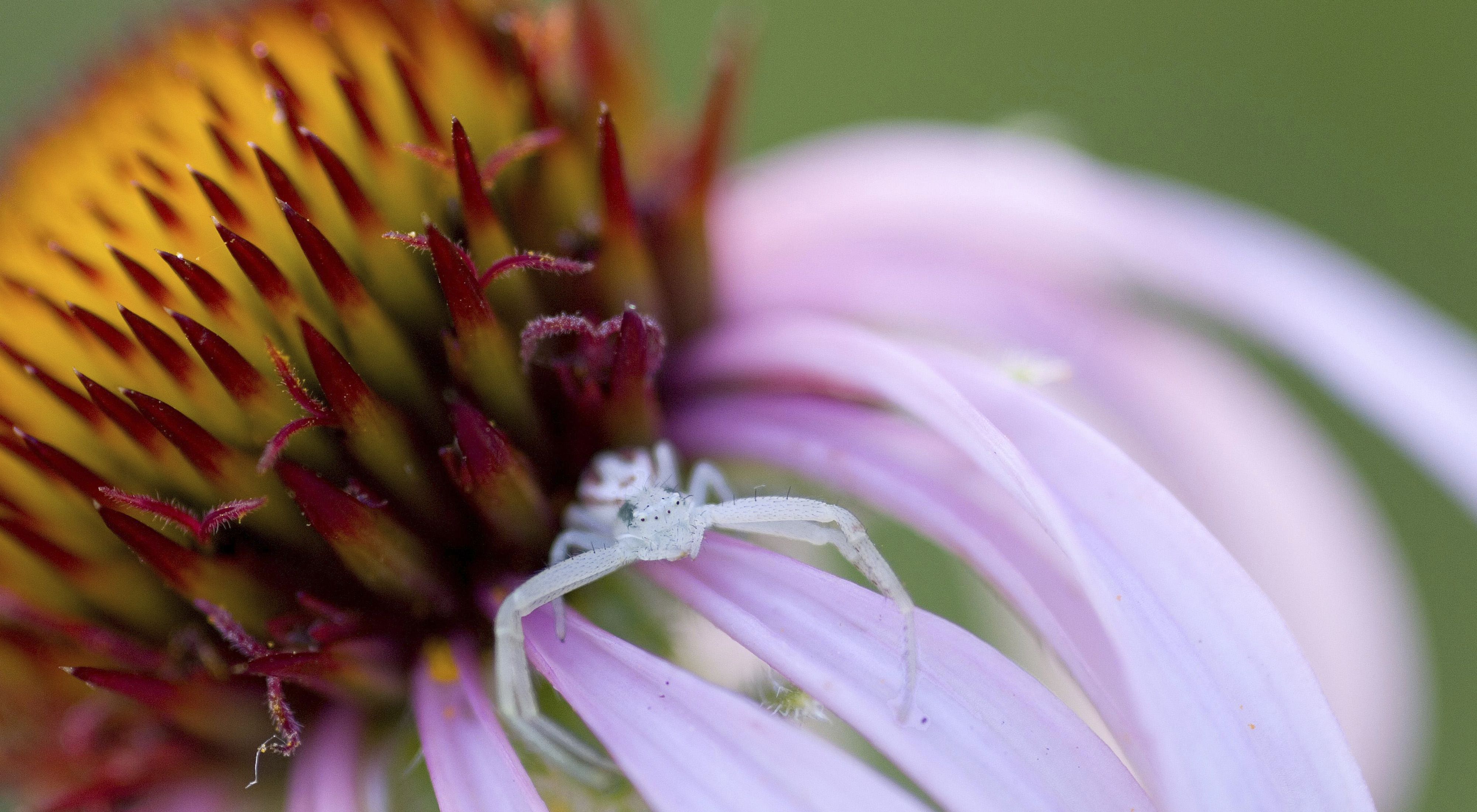Description
Mary Linda Smyth, a botanist at the Virginia Tech herbarium, had realized that the tall purple perennial blooming in the field was unusual. She discovered that her land contained the largest documented population of smooth purple coneflowers (Echinacea laevigata)in the world.
Ellison and Mary Linda Smyth donated Walnut Hill to TNC's Virginia chapter to ensure the necessary long-term stewardship of this federally listed endangered species.
At Walnut Hill, the coneflowers are growing in a successional field of broom sedge (or bluestem) which is slowly yielding to forest. The population is threatened by land use changes, particularly livestock grazing. However, the greatest threat to their survival is the shade that results from the invasion of woody species. TNC now monitors the plants and manages the habitat to keep the coneflower population healthy.
More than 1,000 smooth purple coneflowers exist in Walnut Hill's gently sloping old field. This species, a member of the daisy family, is a tall perennial that flowers in June and July. Stiffly erect and generally unbranched, it may reach a height of five feet.
The coneflower forms a cone-like head, ringed by drooping ray florets. It is closely related to the common purple coneflower that is one of the sources of the medicinal herb Echinacea, but in addition to being smoother, it has longer and narrower corolla rays.


